monkeybiter
Established Member
You could have another rectangular frame within the boundaries of the apron [thus unseen] below the apron/drawers adding additional support against sagging.

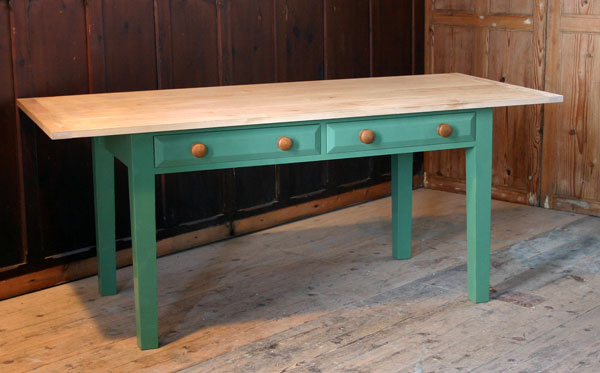
It's in my photo. The 2 drawers sit between the 2 4x1" rails with a 4x1" partition between them. 3 pieces of wood. What can't you see?Togalosh":2nwbscbd said:..
Jacob, I cannot picture what you have explained
Joyce p328. He shows various details for a chest of drawers which you would modify slightly for a table. Or Thos Moser perhaps. What I'm describing is an extremely common trad table design. If it's not in your Fine woodworking book then I'd bin it!is there a book you could recommend that illustrates what you have explained?
Don't attempt the impossible. No need to match the grain anyway. It's just one of those thing you might do if it is possible and worth the effort...... the letter box in the apron style you mention but thought it'd be impossible to match up the drawer front grain
Oops sorry didn't think I was being rude! "Constructively critical" perhaps? Trad design is under rated IMHO. Why attempt to re-design the wheel?gasman":3jhhu2i5 said:.........
Not sure you needed to be quite as rude about the design as you were but each to their own - maybe I am just being over-sensitive
Regards
Mark
The problem is MrB, as I understand it, is that Mark needs to incorporate two drawers in the side, which to all intent and purposes are 'secret', in other words, a table wot you've shown in your pic simply won't work. The grain of the drawer fronts needs to be made out of the same board as the apron for the grain to match and the drawer pulls are going to be incorperated so that they can't be seen...possibly moulded on the underside of the fronts, so the situation is a little convoluted and quite tricky to sort out. The only indication that there are two drawers in the apron will be the very narrow, vertical, shadow gaps 'twixt the drawers and the apron.Jacob":9wn9ud20 said:Oops sorry didn't think I was being rude! "Constructively critical" perhaps? Trad design is under rated IMHO. Why attempt to re-design the wheel?gasman":9wn9ud20 said:.........
Not sure you needed to be quite as rude about the design as you were but each to their own - maybe I am just being over-sensitive
Regards
Mark
If you are having to put steel in doesn't this raise a question?
Easy peasy.woodbloke":3jpid9g9 said:.... so the situation is a little convoluted and quite tricky to sort out. .....
Jacob":348nj65i said:Easy peasy.
Instead of trad inset drawer front, do "onset" fronts, either rebated, or with false front added, to cover the rails and stiles.
In other words a perfectly conventional modern detail.
Jacob":1wxhmh2p said:and if they don't pineapple off you'll bite their ankles!
Agree with Steve here...pics are mandatory, or maybe it didn't happen? Who knows :duno: :lol: - RobSteve Maskery":xzi13wwk said:I think pics are compulsory!
S
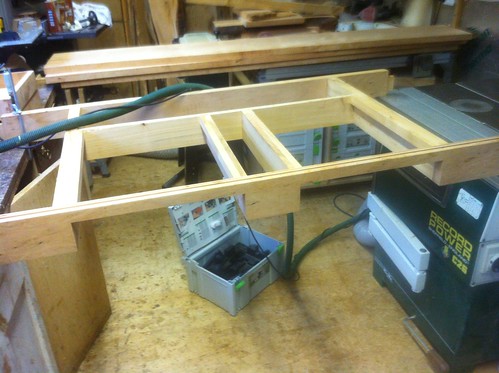
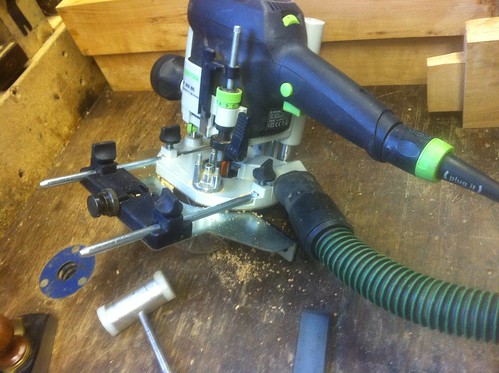
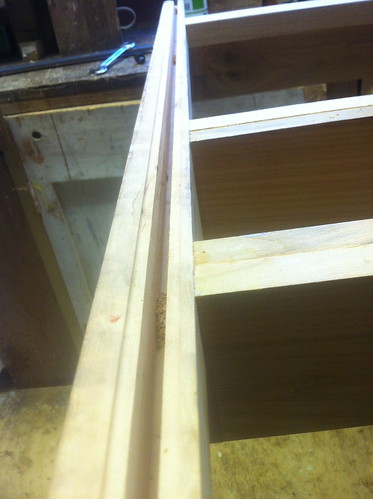
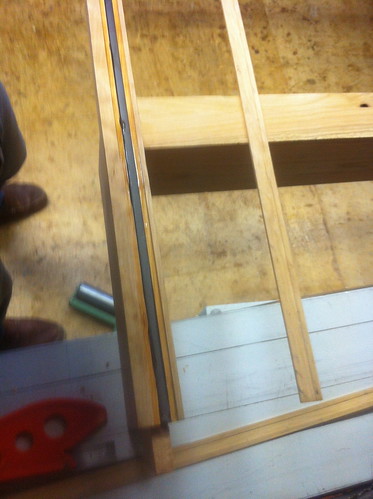
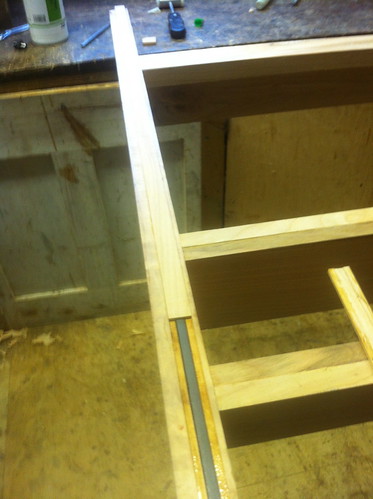
I agree with Paul, mounting the steel bar as you have done means that it's going to be very difficult to flex under load and should really stiffen up that front rail - RobPaul Chapman":akawh638 said:That should do it
Cheers :wink:
Paul
Enter your email address to join: